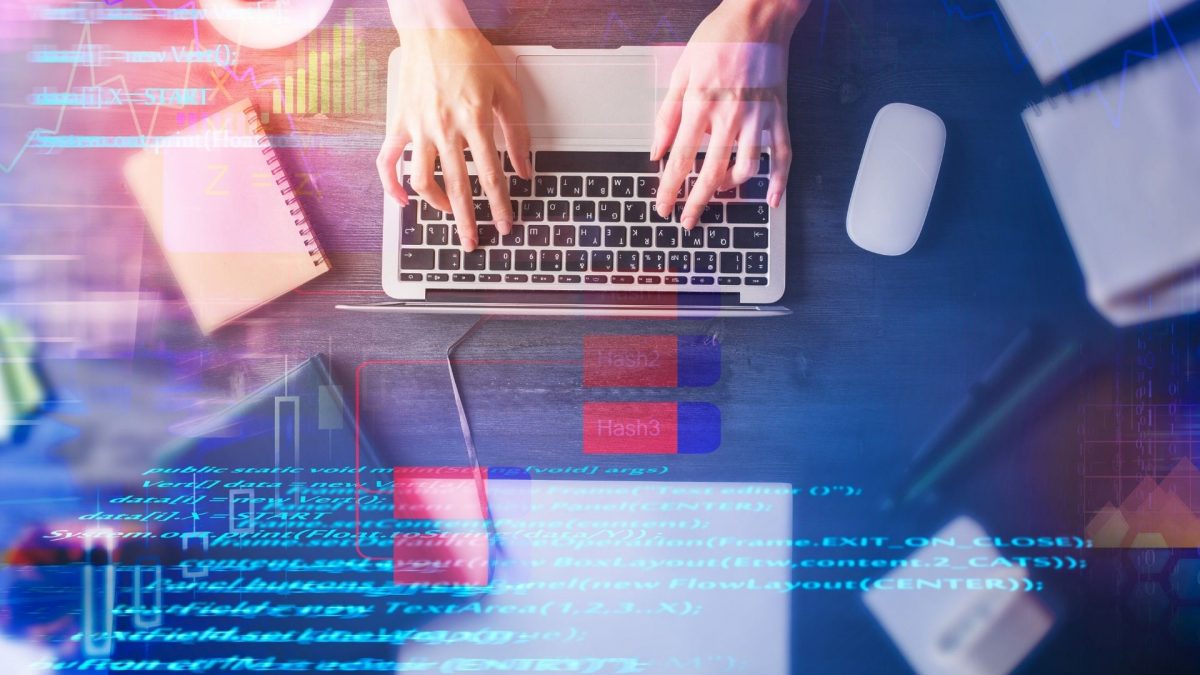When the internet era began to shift our lives from analogue to digital, many platforms surfaced to create more means of reaching people to provide information, entertainment, and education. From the basics of googling, we proceeded to write about them through blogs or record them through vlogs and podcasts.
Along with the rise of the digital information age, social media also started making noise in the virtual arena. Arguably, Friendster and MySpace gave way to more social media platforms that, to this day, we are still using. Both of these platforms carry the function of interacting with a community while also receiving information from various sources.
Comparing the 90s to the early and late 2000s, you will see a stark shift in how we consume information. Back then, watching the television, listening to the radio, and reading books and newspapers were our primary means of knowing what happened and what was happening. The traditional media helped form our culture and way of thinking. Now, with the changing of the season and our seemingly more fast-paced way of living, our traditional media usage has become less and less.
How much information do we consume?

In 2021 alone, 82.3 million Filipinos used their mobile phones. That accounts for about 75% of a country of nearly 110 million. Mobile phones are no longer just devices we use to communicate. Literally, our thumbs hold and process information way more than the amount we consumed then. Research shows that today’s average person carries 74 GB of data daily. It is a figure similar to and equal to watching 16 movies.
With that much information to process, it is easier to get exposed to things that may not be factual. The internet is so vast—we are only scraping its surface. Though it may be challenging to put a figure of how much of what we see is factual, there are ways we can follow to ensure we would not be victims of disinformation, misinformation, and fake news.
Be critical of your sources of information.

Back then, when we share information and people ask us where we obtained it, we used to say, “Nakita ko sa TV” or “Narinig ko sa radyo,” or “Nabasa ko sa dyaryo.” Undoubtedly, Filipinos still believe in the power of traditional media, whether we consider them credible enough or not.
Perhaps this is the edge of TV, radio, and newspapers. Somehow, there is some sense of assurance that moral ways and accuracy in information dissemination is present. Or at least, there is some iota of truth in what they feed to the public since most channels we watch air on free TV—governed by media monitoring boards and reviewed by media watchdogs.
But the shows we watch on tv or listen to on the radio, even the columns we read in the newspapers, have biases. Unfortunately, these biases are not always for the truth and people. Biases are good, so long as it’s for the truth and what is right. When these biases only serve a person, or an entity, it often follows that the source’s credibility comes down with it.
Cite the references.

Compared to TV, radio, and newspapers, it can sometimes be difficult to stay critical of our sources on the internet. Specifically on various social media platforms. With the rise of troll farms, fake news peddlers, and mongers of inaccurate or unfounded claims, our usual sources of information may sometimes also fall into purveying such. Whether by accident or not, to ensure that you won’t be a victim, citing the references of a particular claim could save you from spreading inaccurate information.
One colossal blunder was made by the US Postal Services. In 2015, they released the stamp of the beloved novelist, Maya Angelou with a quote that she did not write or say. It was concluded that the culprit of the misattribution was the hundreds, if not thousands, of attributors, over the years, who kept referencing the passage with the late civil rights activist.
We live in a country where people can be easily swayed by what they see, hear, or read. We sometimes share rumors we get from gravepines even without validating their accuracy—a thing likely related to culture. Maybe knowing where the information came from is a small step in fighting disinformation. But just like any battle, it always starts with one person—an action that replicates and further reaches even the farthest of the people in line.
Everywhere you look, whenever you listen to something, and every time you read, you process information. How we obtain information then and now does not matter. How we use them does. The internet is a seemingly immeasurable void. We may never know how much truth and lies it spits. But trying to know anyway is all it takes to fight off its dark side.

